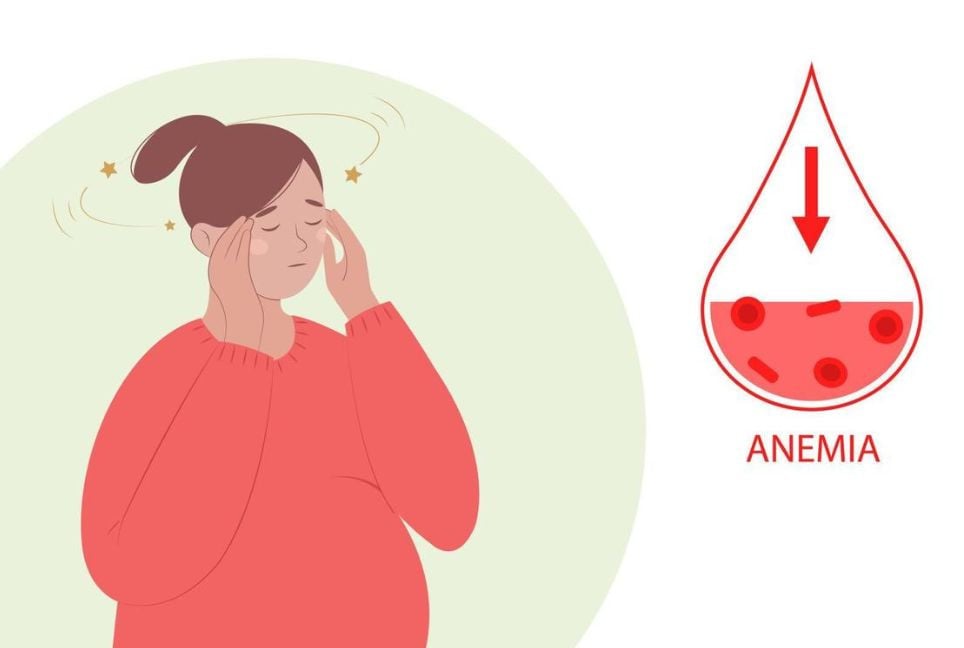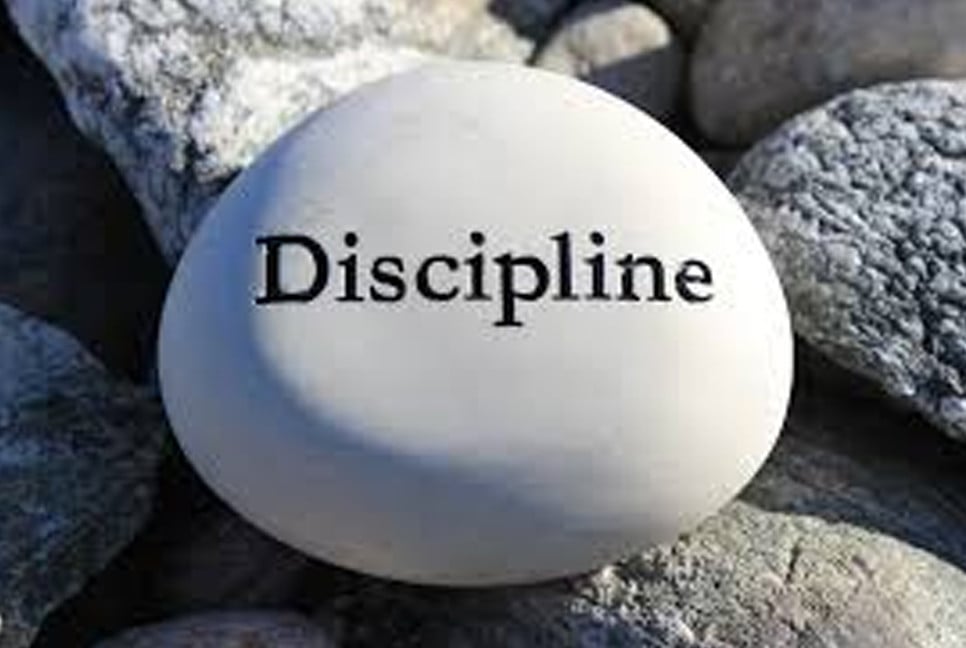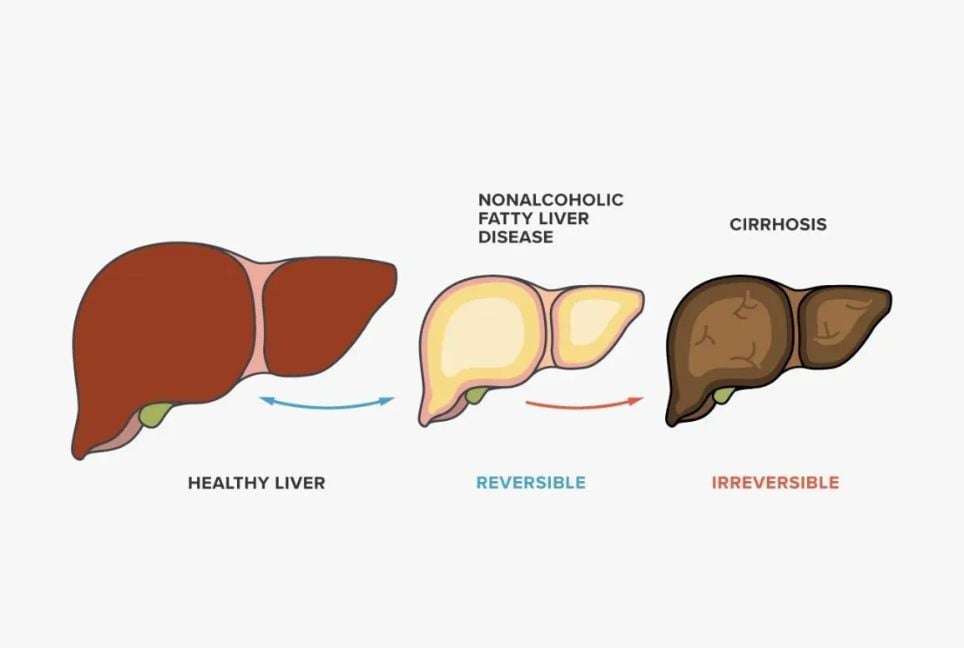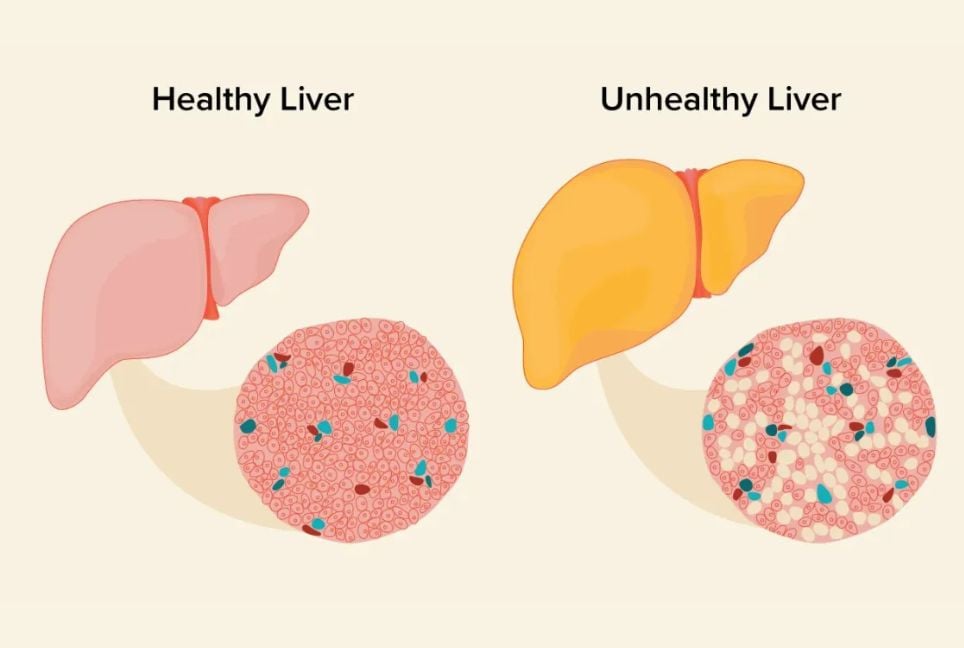Curiosity motivates people to learn, explore, and innovate. It drives us to seek answers to questions, understand how things work, and find ways to change our lives through innovations.
Stimulating the “curiosity muscle” is essential for personal and collaborative growth. By taking deliberate actions, anyone can develop and strengthen their curiosity and become a more passionate, understanding, and better version of themselves.
What is curiosity muscle?
Curiosity is the innate trait that makes people question, learn, and explore the unknown. It provokes them to acquire knowledge and build a clear perspective based on that knowledge. This newly gained perspective may later spark innovation.
Though curiosity is an inherent quality, it is also a learnable skill. Several studies on human cognitive behaviour link curiosity with the surge of excitement in a specific part of the brain, implying its biological existence. The studies conclude that curiosity, like a muscle, can be stimulated through deliberate practice. This resemblance between curiosity and our body muscles in gaining strength through regular exercise has coined the term “curiosity muscle.”
How to improve curiosity
Curiosity is rooted in human nature. It flourishes in a self-reflective mind that can reflect on its unique views, desires, and needs. However, to sustain the progressive flow of curious energy, there is no alternative to pursuing new perspectives and continuously seeking ways to achieve success.
Here are a few proven steps backed by neuroscientific research to improve curiosity:
Make it personal
Studies on human cognition suggest that the first step to cultivating curiosity is to make it personally relevant. Awareness of the usefulness of a particular task or knowledge in personal life stimulates a mind’s latent curious energy. Tasks that evoke passion and support individual goals pique curiosity the most. Conversely, fogged vision and confusion can lull down the curiosity muscle, preventing the brain from making a personal connection to an activity.
Discover your curiosity type
Just like people’s personalities, curiosity also varies. What makes a person’s brain tick and how they approach a problem primarily define their curiosity types. Some people love to ask questions and engage in intellectual exploration; some are more interested in learning about others by conversing and interacting with them, while others expose themselves to diverse situations, finding revelations in new environments and cultures. Understanding one’s curiosity style helps them fashion suitable learning strategies and advance to the next step of their curious journey.
Cultivate a curiosity-driven culture
Curiosity thrives in open-minded conditions. Researchers have found that environments where individuals can make independent choices inspire them to think outside the box. People will likely invest more energy in deliberately chosen professions than those they are forced into. An open-minded attitude welcomes uncertainty, resists personal bias, and believes in growth, which is essential to prioritizing a curious hunch and sticking to it until the mystery unfolds.
Go beyond limits
Making curiosity-driven decisions often leads to unconventional routes. Traditional ways of solving a problem, lack of freedom in pursuing a different solution, and time scarcity may kill our desire to keep following those routes.
The solution to this problem is rather simple. Fostering curiosity is about prioritizing our desires, making the right choices, looking deeper into a problem, and celebrating new experiences.
Ask open-ended questions
Open-ended questions demand detailed discussions on a subject rather than becoming satisfied with vague and short answers. Being inquisitive entails forming the right questions and finding in-depth answers.
To devise the right questions, you must reexamine your goals and necessities. Asking open-ended questions is also a cornerstone of meaningful relationships where learning about each others’ distinct personalities is necessary.
Embrace changes
Change is the only constant phenomenon in our lives. With time, the people surrounding us, our relationships with them, our values, and our understanding of the world shift.
A curious mind keeps records of those changes, notices the nuances between phases, accepts the inevitable, and prepares for the future. On the contrary, a rigid mind lacks the courage to face anomalies and suppresses the natural curious drive needed for further exploration.
Master the fundamentals
Our urge to learn something new or achieve mastery of a skill may rub on our curious stimuli. While the idea of learning a new skill sounds exciting, the boredom and pain associated with growth are utterly discouraging.
Splitting the entire roadmap of mastering something into achievable steps and focusing on learning the fundamentals will help you sustain an invigorating spirit until the end. A good grip on the fundamentals will allow you to improvise and walk down the rest of the roadmap with a personalized strategy.
Meditate and exercise
A 15-minute meditation session in the morning, a brisk walk, or a casual bike ride can massively impact your brain, enabling it to rewire its neural network and grow new neurons. Cognitive scientists have attested to the capacity of regular meditation and exercises to boost brain-derived neurotrophic factor (BDNF) levels. BDNF can enhance learnability and memory, making a firm ground for curiosity to thrive.
Curiosity shouldn’t be mistaken for a fleeting interest. People with strong, curious minds excel at learning, memorizing, and engaging with their work and people. By putting in a personal effort, facing obstacles, embracing changes, and cultivating an open mind, anyone can inspire their curiosity.
Source:UNB
Bd-pratidin English/ Afia




































































